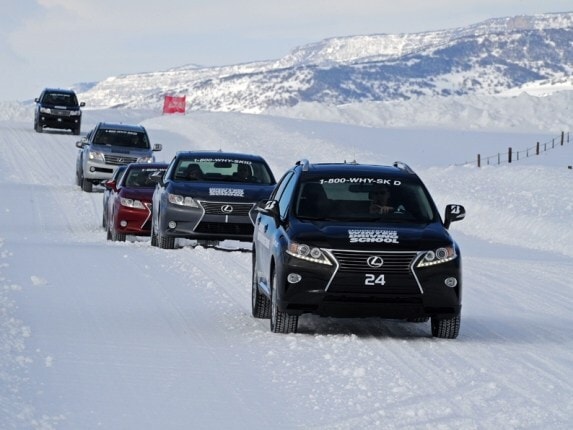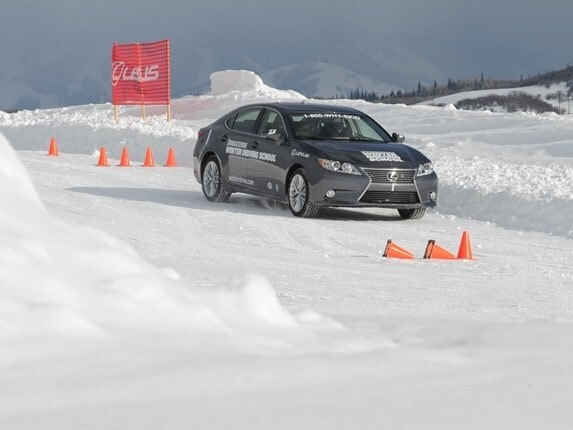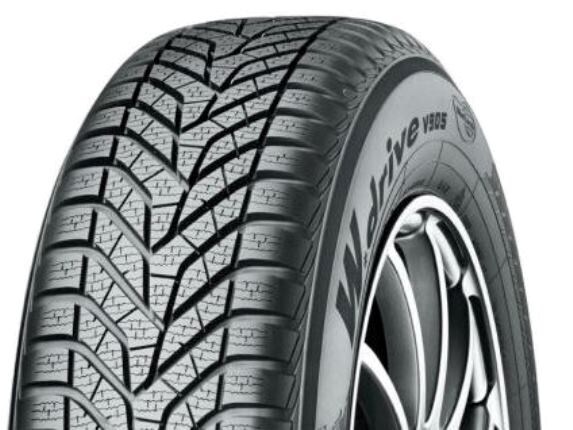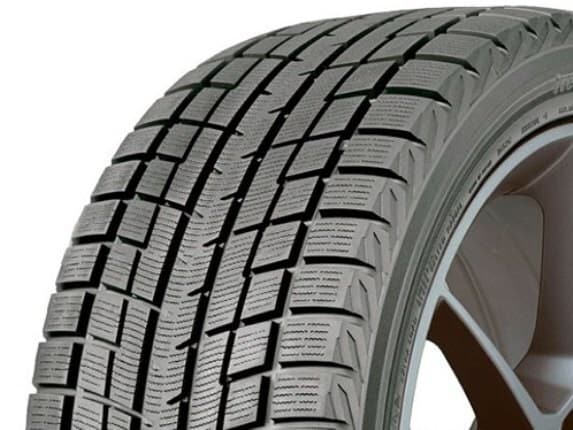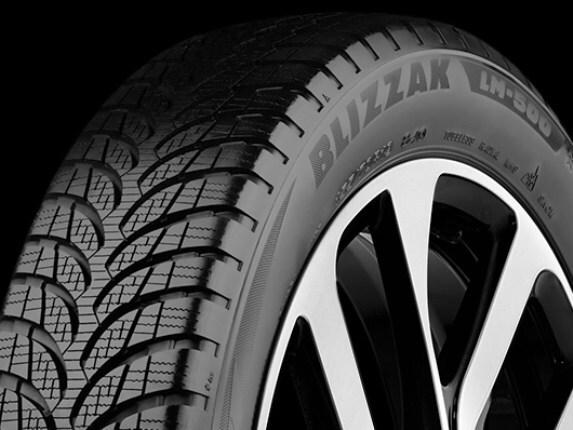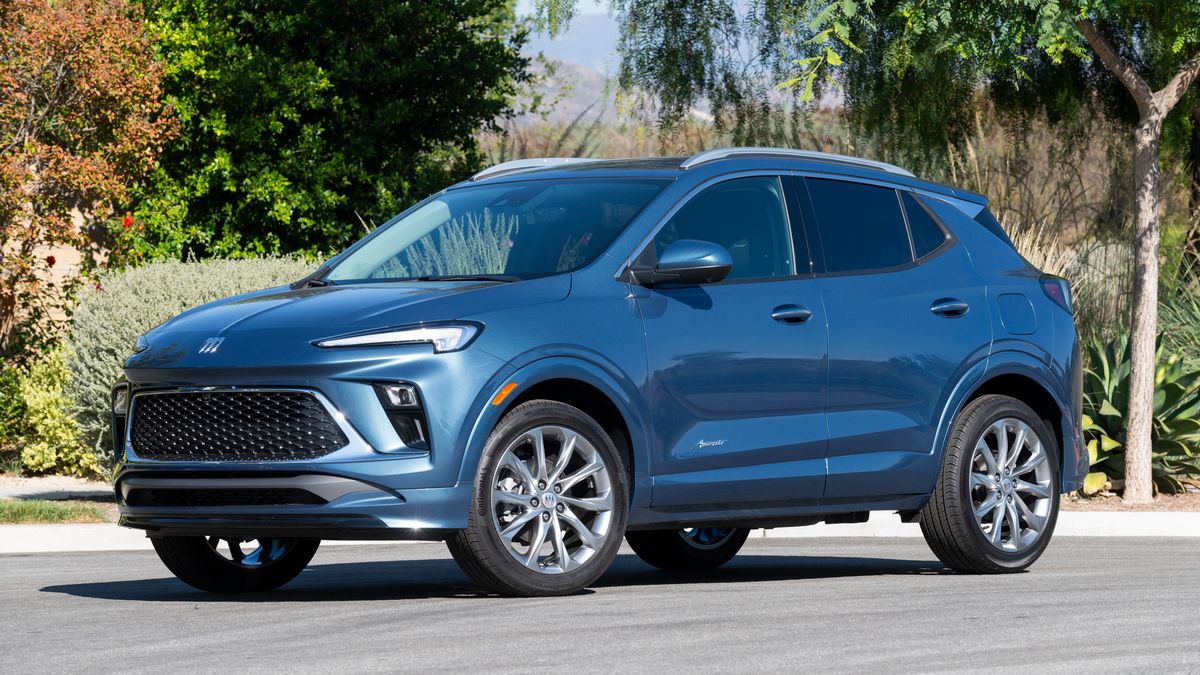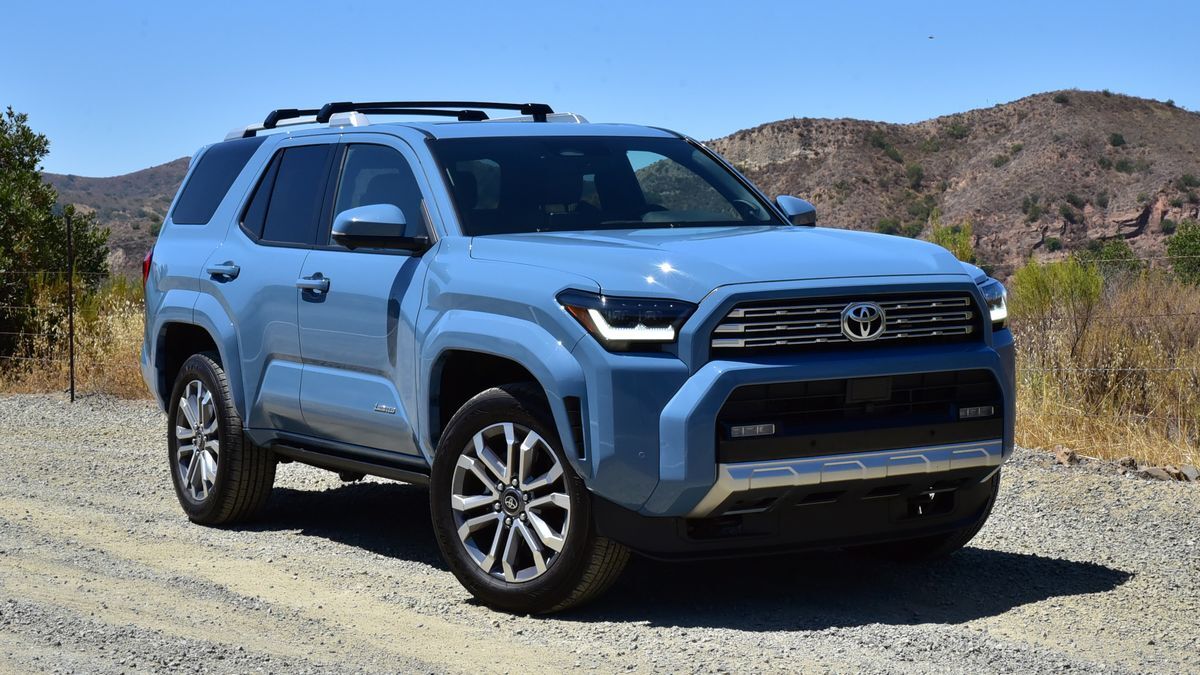If you live in a particularly snowy corner of the U.S., you’ll have surely seen the commercials-all-wheel drive cars and four-wheel drive SUVs gliding through snowy vistas, all without the slightest hint of a skid.
Images like this further the belief that in order to survive winter roads, all-wheel or four-wheel drive is a must. But is that notion really sound? While all-wheel drive certainly has its advantages, a good set of snow tires can make all the difference in winter weather traction.
Where All-Wheel Drive Counts
All-wheel drive aids acceleration and maximizes available traction sending power to all four corners using a series of front, center, and rear differentials. This comes in handy when accelerating from a stop on wet, icy, and snowy surfaces, because power can be divided between four points of contact instead of two. This means you’re less likely to get stuck, especially on slippery inclines, whereas a two-wheel drive vehicle will tend to struggle more.
For this reason, all-wheel drive has become incredibly popular in regions that regularly see heavy snowfall. But while providing surefooted acceleration, all-wheel drive doesn’t provide improvements in winter weather handling or braking performance. Rather, that duty is relegated to the tires.
It’s important to remember that the tires are the only part of a vehicle that actually touch the ground. As a result, they are ultimately responsible for the level of traction a vehicle will or won’t have, regardless of how good its traction control, stability control, or all-wheel drive system. If the tires can’t grip on snow and ice…you’re not going anywhere, and that’s where snow tires (or “winter” tires) come into play.
The Science of Snow Tires
“Snow tires are kind of like boots,” notes Mark Cox, director of the Bridgestone Winter Driving School. “Can you wear tennis shoes in the winter? Sure, but you’re better off wearing sandals in the summer and boots in the winter.”
Testing has shown that when fitted to all types of vehicles-front-, rear-, and all-wheel drive-snow tires offer a significant edge in winter weather performance. Cox explains that in tests between top-end snow tires and premium all-season tires, the winter tire offers roughly a quarter to a third more traction. When on a slippery downhill turn, that can mean the difference between staying on the road, or skidding off.
According to Bob Abram, Yokohama Tire product planning manager, this advantage largely boils down to two aspects: tire compound and tread design. Winter tire compounds are engineered to stay flexible in much lower temperatures than all-season tires, which in turn allows them to grip winter road surfaces better. Snow tire tread designs also feature larger grooves in their tread blocks, which creates more surface area and larger road-gripping edges.
While it might be a surprise to many, testing has also shown that front-wheel drive cars fitted with snow tires can even outperform all-wheel drive cars fitted with all-season tires in regard to handling and stopping distance on snowy and slick road surfaces. “That’s the biggest misconception out there when it comes to winter driving,” says Cox. “I would take a front-wheel drive car with snow tires over an all-wheel drive car with all-seasons, any day.”
“Generally rear-wheel drive will require the most attention of a driver, front-wheel drive is a little more forgiving, and all-wheel drive will be very forgiving,” explains Cox. “But once you come to braking and steering, it doesn’t matter which wheels drive the car.”
What Setup is Right for You?
There is no one-size-fits-all answer to this question, however where you live, the amount of snowfall the area sees, and your level of driving comfort should dictate which type of vehicle and tires are right for you.
For the best overall winter weather traction, the top options remain all-wheel vehicles fitted with winter tires. Though you’ll pay extra for these vehicles-often times thousands extra-the added confidence of snow-and-ice acceleration can more than outweigh the cost. For even more traction, studded snow tires and tire chains are also options, provided they are allowed in your state. Check your local DMV for seasonal usage information.
For the budget conscious, a front-wheel drive vehicle equipped with winter tires will yield the greatest cost savings long-term. Front-wheel drive cars are generally less mechanically complex, lighter, and more fuel efficient, which leads to larger savings at the pump and in regular maintenance. Not excited about buying another set of tires? Consider that keeping two sets of tires effectively doubles the life of both sets, so long as they’re used and stored properly.
Due to the price premium seen on today’s all-wheel drive vehicles, experts suggest buying a car that fits your everyday lifestyle, rather than occasional needs.
Before the Snow Flies
Regardless of the type of car you have, make sure to fit matching snow tires to all four wheels, rather than a mixed set at each end, which can compromise handling. It’s also important that your vehicle be thoroughly inspected by a trusted mechanic before winter arrives in full, with all necessary maintenance performed. This should include checking tire pressure, fluid levels, the function of the heater, defroster, and wipers, as well as the health of the brakes, battery, and all belts and hoses.
It should be noted that-like summer tires-snow tires also have their limitations. Yokohama’s Bob Abram advises that while they’re flexible in cold weather, winter tires will wear rapidly in warmer temperatures due to their softer compounds. The heavily grooved tread designs also won’t handle as well on dry roads compared to all-season tires, and generate more road noise.
“You should be ready to change your winter tires out when the weather changes so you can enjoy the best of what your winter and standard tires offer in longevity, safety and ride quality,” suggests Abram.
And remember-when in doubt, slow down. According to the Federal Highway Administration, 24-percent of weather-related vehicle crashes occur on snowy, slushy, or icy pavement, resulting in over 1,300 deaths and more than 116,800 injuries annually. No amount of tire technology or all-wheel drive can replace an alert driver traveling at safe speeds during inclement weather.
